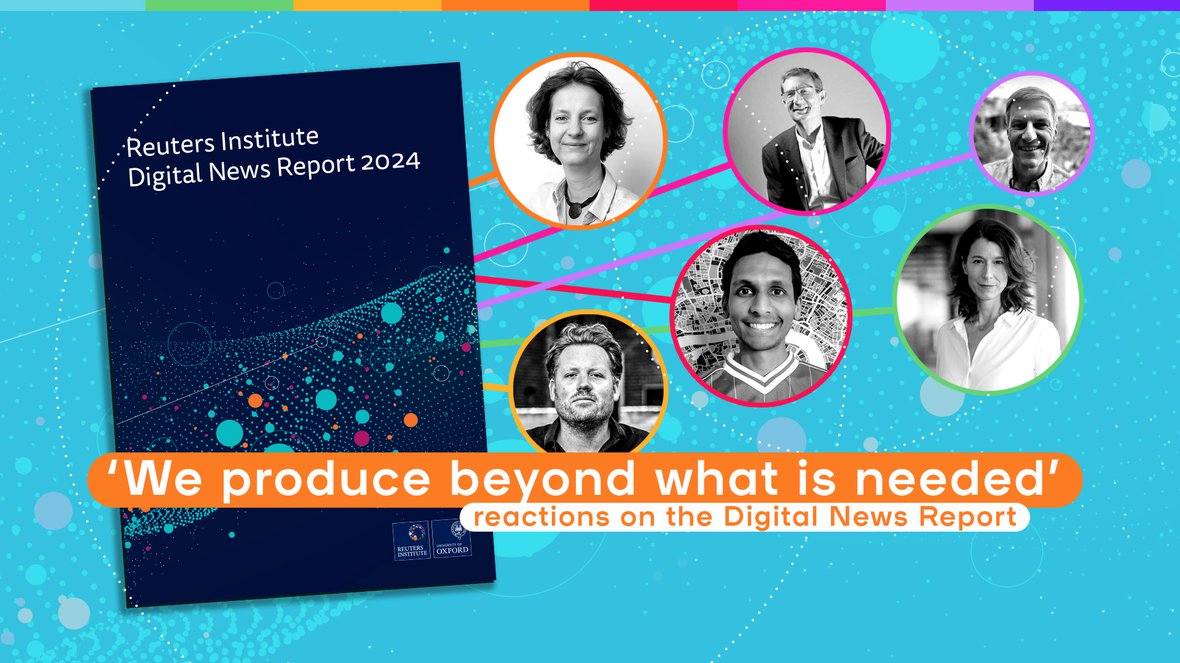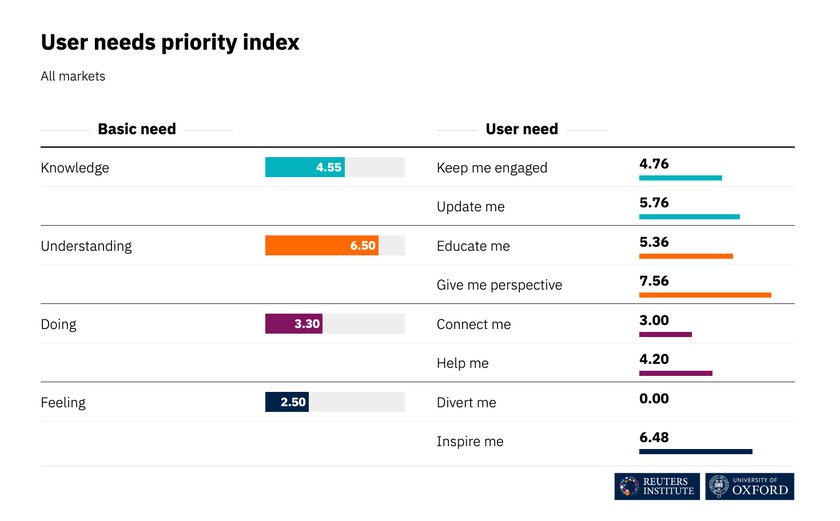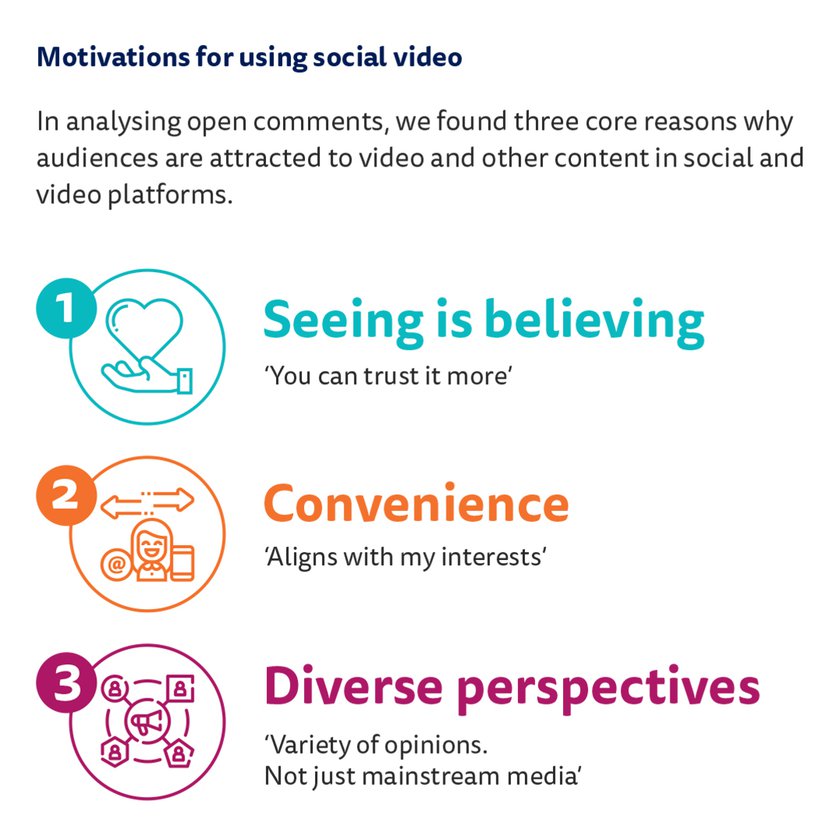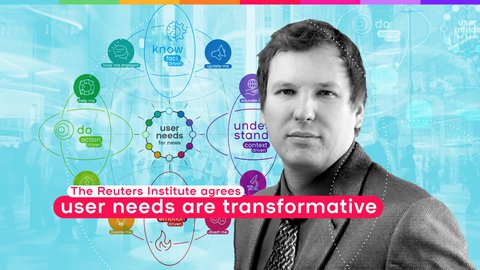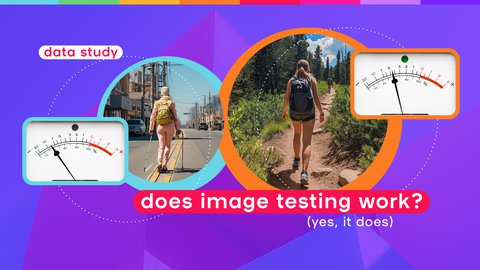The Digital News Report released last week by the Reuters Institute raises concerns about the future of journalism, although some media professionals also see opportunities.
The report presents five key findings:
- Trust in journalism is under pressure
- Developments around Artificial Intelligence are becoming visible to the general public
- Working with user needs can help media serve a broader audience
- The growth in online payment for news has come to a halt
- Young audiences are turning to social media influencers at the expense of traditional news brands
But as with any large-scale report or research, it’s what happens next that’s often where things get interesting. Having presented the findings and proffered explanation and context, what are news professionals’ reactions to all this?
Solutions instead of problems
Editors-in-chief have been writing about and responding to the Report on their websites, such as Wendelmoet Boersema and Karel Smouter from Trouw (a Dutch client of smartocto):
"The underlying trends are undeniably worrying for those who consider trust in a reliable and diverse news supply important. Particularly, the fact that a new generation of potential readers and listeners primarily obtains journalism from free social media is something that editorial teams are grappling with. This naturally applies to us as well.
However, the report also provides reasons to look optimistically at Trouw's position. Our newspaper offers precisely what dropouts and news avoiders in surveys say they miss the most: constructive stories told from an optimistic tone. With attention to possible solutions instead of just problems and with the intention to combat rather than increase polarisation."
Khalil A. Cassimaly from The Conversation (also a client) also found positive points in the report, in the chapter on the User Needs Model.
“See how high the ‘Inspire me’ user need ranks! More confirmation that people need to see more positive news about the world. People aren't just after knowledge and better understanding when it comes to news media.”
He referred to the graph below, where scores represent expectations versus experiences. The higher the score, the more news consumers expect to be provided for that particular need.
